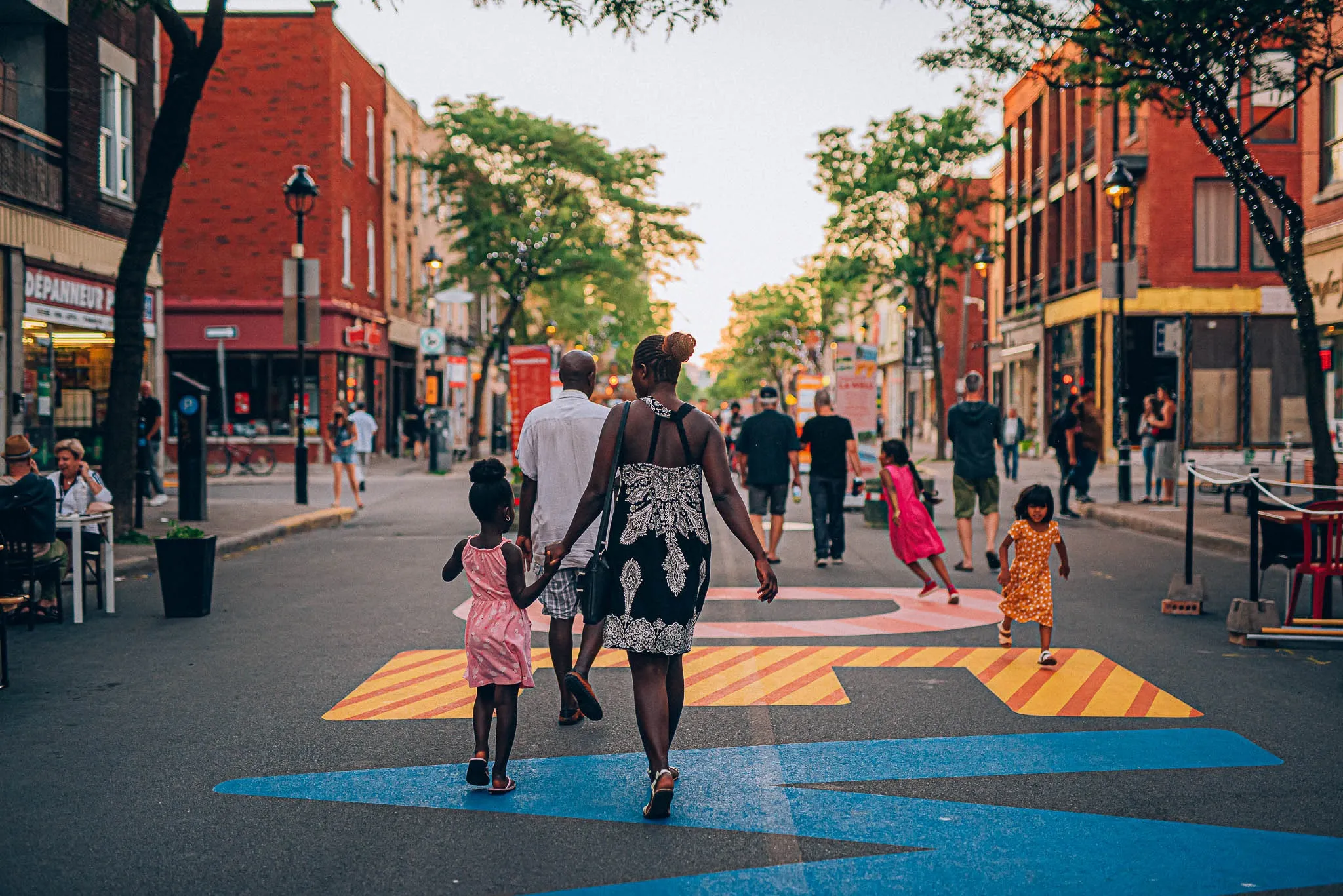
The City of Montreal has confirmed it will provide funding for the next three years for pedestrianising streets.
The Covid pandemic has prompted numerous cities to rethink the way they use streetspace, with active modes such as walking and cycling often encouraged over vehicle use.
“The boroughs, business owners, residents, customers, passers-by and tourists appreciate the quality of life offered by pedestrianisation projects," said Montreal Mayor Valérie Plante.
The initiative, funded under the Entente Réflexe Montréal, has $12 million available and can offer grants of up to 66% of project costs.
For the first year, the subsidy offered by the City can cover a maximum of $575,000; for the second year, $425,000; and in the third, a maximum of $375,000 is offered.
"Pedestrian streets have become essential places of convergence, creating social ties and a sense of belonging essential to the vitality and well-being of our neighbourhoods," said Billy Walsh, president of the Association of Business Development Companies of Montreal.










